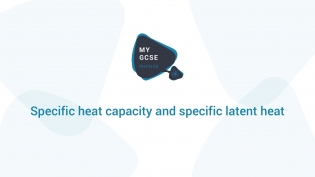
We already know that heating a substance can both increase its temperature and cause it to change from one state of matter to another. In this video, we’ll look at the equations and experiments which can give us a lot more information about both of these processes, before going on to look at the core practical activities for this part of the course.
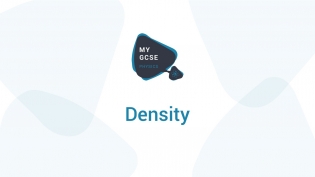
This video introduces the particle model and explains how it can be used to explain the differences in density between various solids, liquids and gases. The correct use of the density equation is explained through a number of examples, and full details of the core practical activity for this part of the course are provided also.
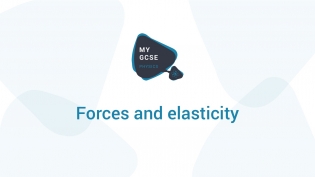
When two or more forces are applied to an object, its shape can change; this video looks at the physics and (mathematics) which describe how this can happen. It also includes material which is relevant to one of the core practical activities for this part of the course which is on investigating the relationship between the force applied to a spring and its extension.
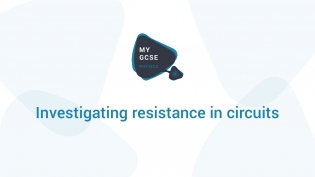
Having developed our knowledge of electricity over the past few videos, in this core practical activity clip, we’ll be examining some of the factors which affect the resistance of a circuit. In particular, we’ll be looking at experimentally investigating how the resistance of a piece of wire depends on its length, and how the way in which resistors are connected affects their total resistance.

In this video, we’ll look at how the current through a component depends on the potential difference which is applied across it. For some types of components, the current is proportional to the applied potential difference; we call these ohmic conductors. For other components, the behaviour is more complicated. This video ends with an overview of the core practical activity for this part of the course.
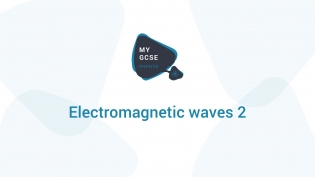
In this second electromagnetic waves video, we’ll go on to look at each of the seven types of electromagnetic waves in detail – their uses, their potential hazards, and much more. We’ll also talk about one of the core practical activities for this part of the course.
Please note that this video includes some higher tier-only content.
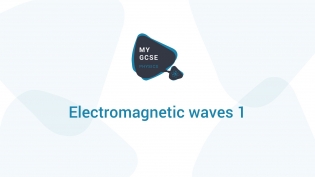
Visible light is just one of the types of waves which make up the electromagnetic (EM) spectrum. In this video, we’ll look at some of the properties which all EM waves have in common, including the fact they can all be refracted when they arrive at a boundary between one material and another.
Please note that the core practical activity on the refraction of light is also covered in this video.
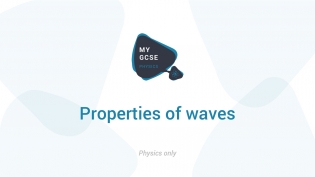
A wave transfers energy from one place to another without a (permanent) motion of the material through which it’s travelling. In this important video, we’ll look at some of the key properties of waves and how they are transmitted through a medium. We’ll also be discussing the physics which is relevant to the core practical activity for this part of the course.
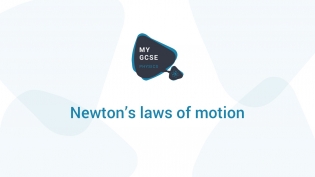
Newton’s laws of motion were published towards the end of the 17th century, but are still used today to describe and predict the motion of objects under one or more forces, and continue to be used in fields as diverse as bridge design, biomechanics and space travel.
This video summarise Newton’s first, second and third laws and how they will be tested in your exam, before covering the core practical activity for this part of the course which focuses specifically on Newton’s second law.
Please note that this video includes some higher tier-only content.